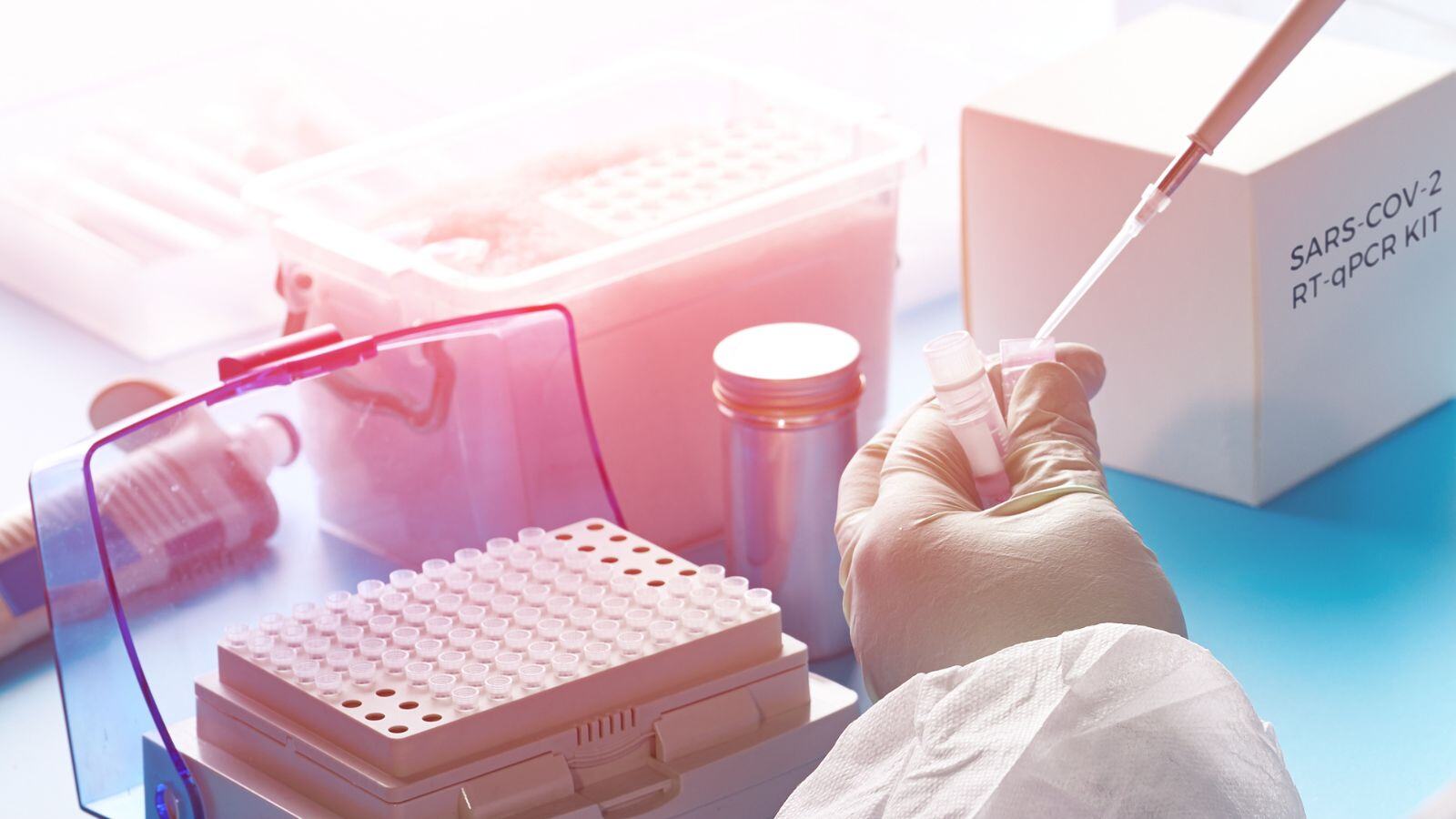1. Business Competitiveness
Innovation drives success in the medical device industry. Transitioning to IVDR compliance ensures that manufacturers stay competitive by swiftly adapting and refining their products to meet evolving market demands. With competitors already securing IVDR certification, delaying compliance efforts could result in falling behind the curve, jeopardizing market positioning and revenue opportunities.
2. Regulatory Limitations of Legacy Devices
Under the IVDR, legacy devices are effectively frozen in terms of design and intended purpose since its date of application in May 2022. This restriction locks manufacturers’ entire legacy product portfolios, presenting a clear disadvantage in an industry characterized by rapid technological advancements. Transitioning to IVDR compliance unlocks the potential for product evolution and innovation, essential for long-term business sustainability.
3. Compliance Timeframes and Notified Body Capacities
While the transitional period provides some breathing room, the complexity of IVDR compliance should not be underestimated. Manufacturers must meet specific deadlines for transferring devices to the IVDR and undergo conformity assessment, which can take up to 18 – 24 months. With the potential for Notified Body capacities to become strained as deadlines approach, spreading the workload and allocating resources wisely becomes essential to ensure timely certification.
4. Industry Preparedness and Crisis Mitigation
Taking a proactive approach to IVDR compliance mitigates the risk of facing a crisis closer to the declaration of equivalence deadlines. Waiting until the last minute to initiate compliance efforts could lead to resource shortages, bottlenecks in certification processes, and ultimately shortages of vital diagnostic tests in the market. By maintaining momentum and spreading out compliance efforts, manufacturers can contribute to industry-wide preparedness and crisis prevention.
Conclusion
While the proposed extension of the transitional period for IVDs under the IVDR may offer temporary relief, it’s clear that maintaining momentum toward compliance is essential for long-term success and competitiveness in the industry. By embracing the transition, manufacturers can unlock opportunities for innovation, ensure regulatory compliance, and safeguard their position in the market. In navigating the complexities of IVDR compliance, moving full speed ahead remains the most prudent strategy for manufacturers seeking sustainable growth and resilience in an ever-evolving regulatory landscape.







.png?width=109&height=108&name=Pharma%20(2).png)
.png?width=111&height=108&name=Medical%20Devices%20(2).png)
.png?width=84&height=107&name=IVD%20(2).png)




.png)




